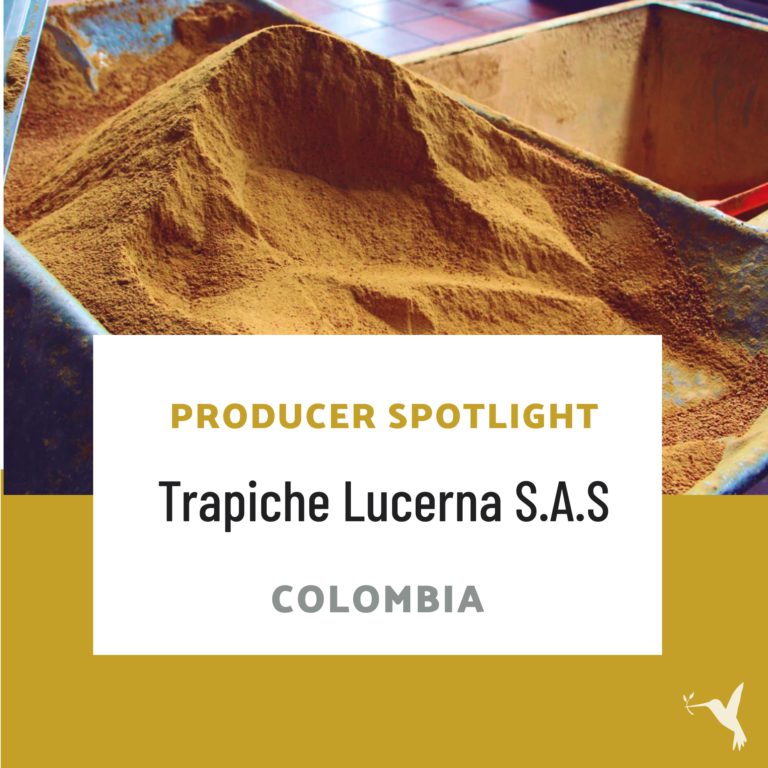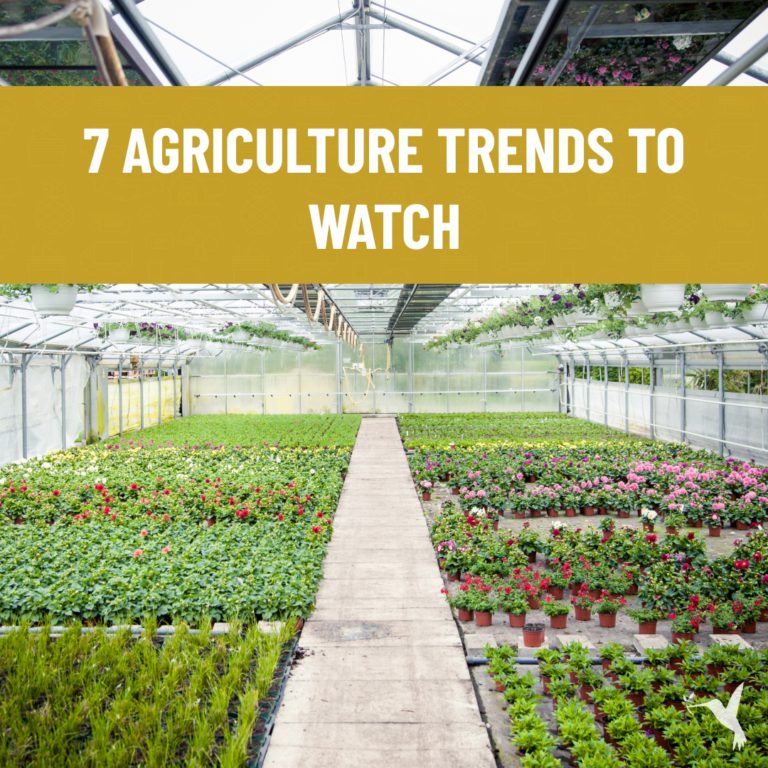The Faces Behind the Food: Migration & Agriculture
The Complex Relationship between Our Food Systems and Human Movement
As long we have been humans, we have been moving. It is part of our reality, part of our capacity to survive. To move, to follow the food, to settle and then resettle are acts of human survival. The process of movement is woven into the collective and historical experience of being human.
As borders became more fixed, as countries created laws and protected resources, and our systems became embedded with structural inequalities, we began to see migration as a problem, rather than a feature of humanity. There is a lot of research around migration and agriculture. There are a lot of questions.
Why do people migrate?
Migration Facts
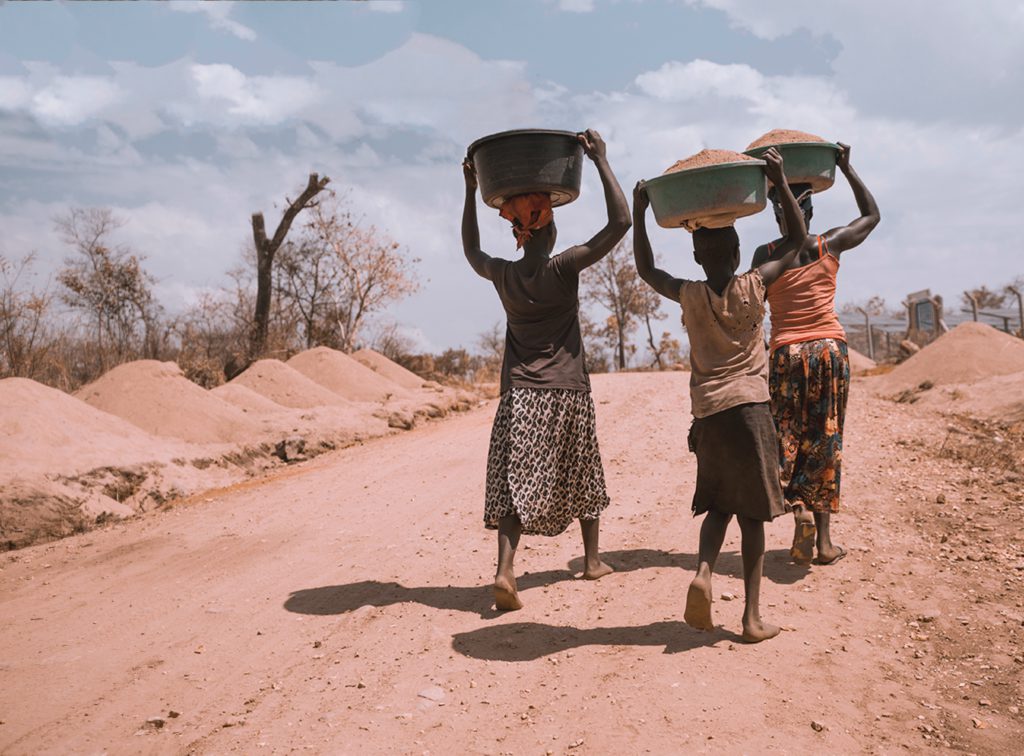
Between 2000 and 2017, the total number of international migrants increased from 173 million to 258 million. As many as 25 million are refugees who left their countries to escape conflicts and other crises.
People migrate to survive. Natural disasters, violent conflicts and resource depletion are all causes of migration. However, according to the U.N. Food and Agriculture Organization (FAO)’s 2018 State of Food and Agriculture report, most migration isn’t a crisis. It is actually a product of, and a solution for, persistent inequalities.
The majority of people who leave their homes or communities do so to escape poverty. As some societies get wealthier while others get poorer, people move to access better opportunities. Many people migrate from rural areas to urban areas within countries, and many move across borders. According to the World Bank, over 75% of the world’s poor are located in rural areas; for many, relocating offers a chance for greater prosperity.
In 2015, there were 244 million international migrants, representing an increase of 40% since 2000. They included 150 million migrant workers. About one-third of all international migrants are between the ages of 15 and 34. Women account for almost half of all international migrants. Around 40 percent of international remittances are sent to rural areas, reflecting the rural origins of a large share of migrants.
Dependence on Structural Inequality
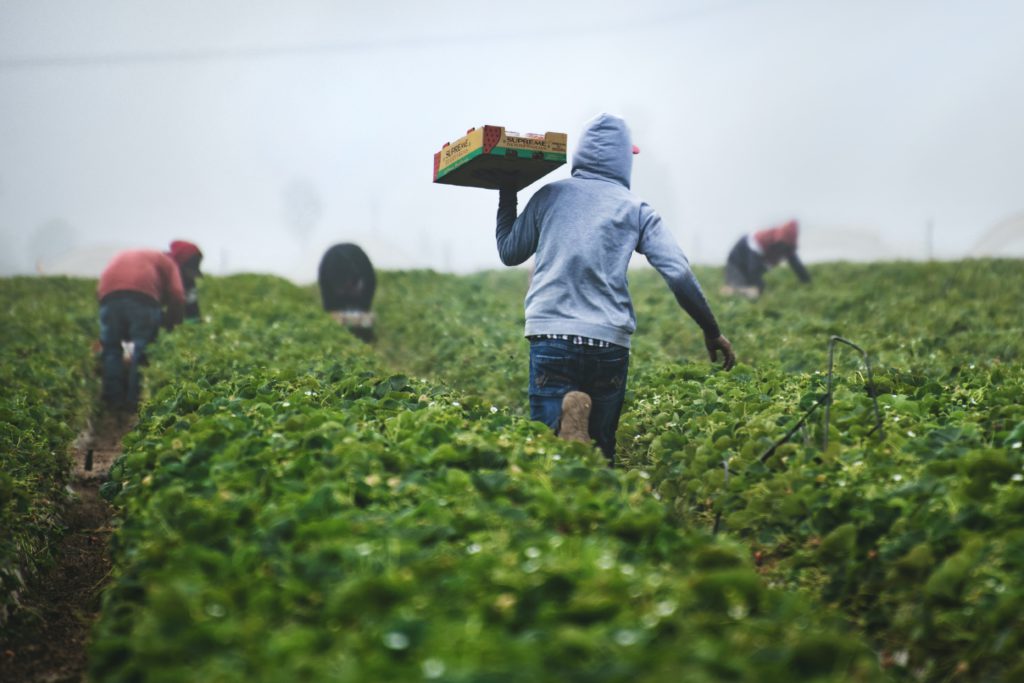
In the United States, and in many other developed countries, the agriculture industry is designed for and dependent upon migration. Without migration, whether seasonal or permanent, and whether migrants have documentation or not, there would be no food. Or very little.
The United States is an interesting and uncomfortable example of a society dependent upon structural inequalities and oppression for its survival. The first colonizers to attempt to live on the land now known as the United States didn’t do very well at surviving. They were dependent upon the people who already existed there, the people they were attempting to colonize. (Happy Thanksgiving?)
This dependency didn’t turn into cooperative existence. What it evolved into, along with some external capitalistic endeavors, was a booming business of enslavement of people from a whole different continent.
The United States was a society unable to feed itself, unable to develop without enslaving others to plant, cultivate, and harvest the most basic need of food. The abolishment of slavery did not undo the foundation of structural oppression, and the need for cheap labor continued, with laborers being imported from a variety of places. The process of importing workers may have changed somewhat, but the demand for laborers didn’t.
The Toxic Relationship Between Migration & Agriculture
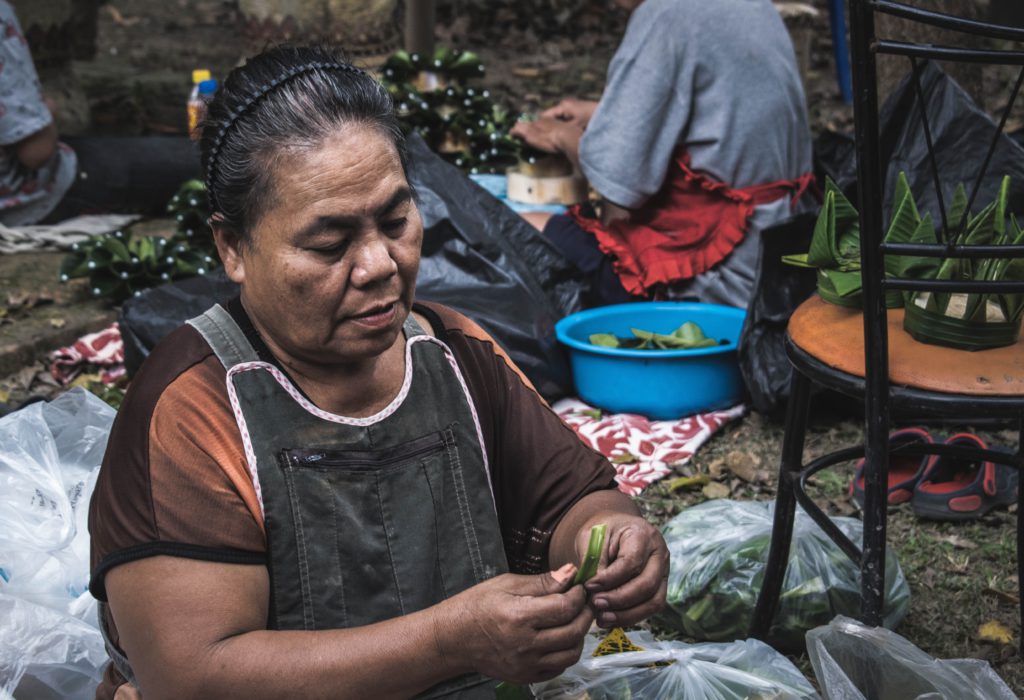
The most vulnerable people, those who may need to migrate for survival, often fill the gaps to meet the demand for cheap labor. And sadly, within these systems we have built, vulnerable people become easily exploited.
Migrants around the world face mistreatment and inequality when they move. Many migrants work informally, earn less than legal salaries, and perform dangerous work with inadequate safety measures. Meanwhile, racism, language barriers, and inadequate social protections predispose foreign workers to isolation and exploitation.
In the United States, laborers were enticed or imported from the Philippines, China, Japan, and all over Latin America. Each of these groups was systematically oppressed and exploited. For half a century or more, the majority of agricultural workers have come from Mexico and Central America. The U.S. implemented different programs in order to legalize these unfair systems, from the Bracero Program in the 1940s to the current H2A guest-worker program.
From 1942 to 1964, the U.S. signed 4.6 million contracts for guest worker labor, with many individuals returning several times on different contracts. It was the largest U.S. contract labor program. Mexican nationals, desperate for work, were willing to take arduous jobs at wages scorned by most Americans.
Throughout the history of the U.S., agricultural workers have participated in movements to demand better working conditions and more rights. Whether they have crossed borders without documentation or are “invited” as a “guestworker” shouldn’t matter. In the U.S., agricultural work is considered among the top five most dangerous jobs, and yet, there are fewer legal protections and hazard restrictions for workers in agriculture than in any other industry. People working in agriculture consistently work for low pay, often below minimum wage, and are forced to live in substandard living conditions.
The U.S. does not exactly know how to treat a guest, it would seem.
Global Dynamics
The United States is not the only country with structural oppression built into its food system. It is not the only society where the most vulnerable people are easily exploited, or where unfair power dynamics are deemed necessary for the production of food.
These are the faces behind our food. Large and small farms across the world rely on migrant labor. The survival of many individuals and societies depends on migration—people moving to survive, to find work, to fill in gaps.
Without huge structural changes, these dynamics will continue. It is important to understand not just where our food comes from, or what chemicals were used in cultivation, but also whose hands touched it, whose sweat dripped on it before it was packaged, and whose backs ached at night after hours of planting and harvesting. It is important to see the faces behind the mass production of food.
For more in depth information about agricultural related topics, sign up to our newsletter:


